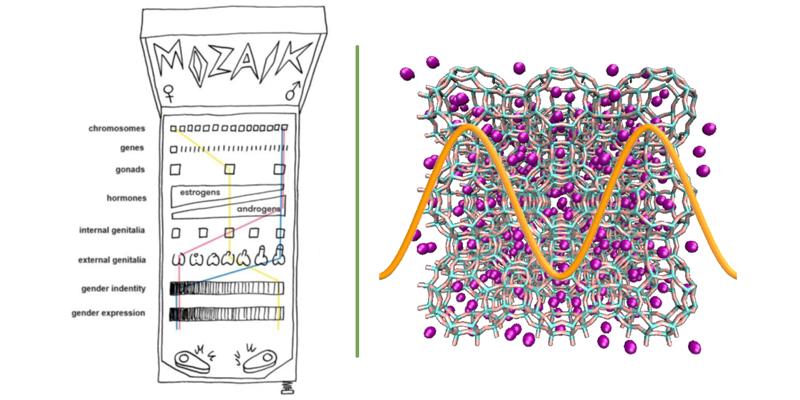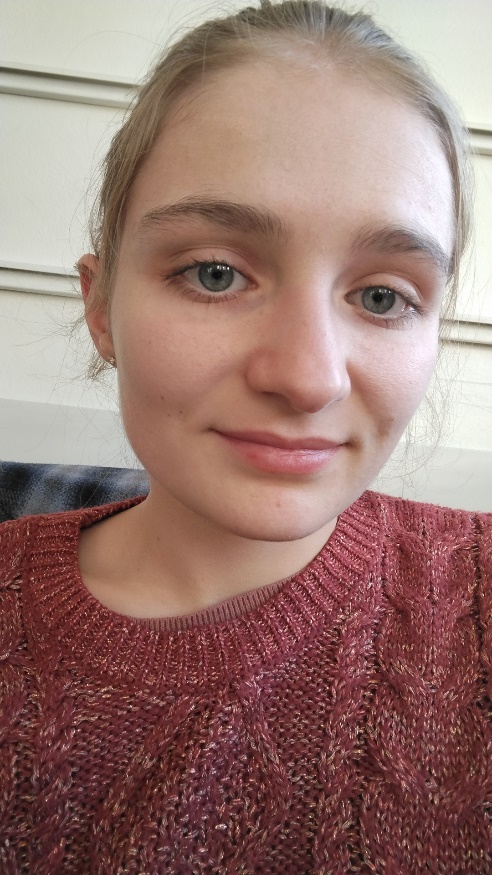- Share
- Share on Facebook
- Share on X
- Share on LinkedIn
Séminaire
On December 8, 2023

Andréa FEASSON (LIPhy), Loriane DIDIER (LIPhy, UACh)
Andréa FEASSON (LIPhy)

What is Gender?
It is common to think of gender as very simple and that there are only two: male and female. However, gender is much more complex and diverse than what is commonly thought and accepted in many societies and cultures. During my talk, I'll take you on a little journey into the heart of gender, from sex to what it means to be transgender.
Loriane DIDIER (LIPhy, UACh)

Molecular Simulation of Acoustic Response of Fluid Adsorption in Nanoporous Materials
Fluid adsorption and transport in nanoporous materials are at the heart of efficient technologies impacting our economy/ecology: energy storage/conversion, environment protection, health/human welfare, agribusiness/food science, etc. In particular, nanoporous solids shaped as membranes are expected to play a leading role in the “seven key chemical separations to change the world”1 but also to address increasingly complex problems such as bio/agropollutants removal, greenhouse gas mitigation, drinkable water production, etc.
Yet, despite a promised bright future, with more and more separation/catalytic processes to treat, the design of efficient nanoporous membranes is hampered by difficulties in extending their use to severe conditions [e.g. high temperature/pressure, harsh environments, and irradiation]. In practice, extending applications to extreme conditions requires on-line monitoring of material integrity and fluid adsorption/flow (to detect early any material modification or process malfunction). In this context, despite its generalized use in materials science, acoustics is often assumed to be unsuited for nanophenomena due to their large wavelength. Yet, the adsorption/permeation footprint of a nanoconfined fluid is included in an average way in the signal emitted by the system subjected to fluid pressure or acoustic excitation2.
In this work, we employ molecular modeling and theoretical approach to unravel the acoustic signature of adsorption/transport in nanoporous materials. Different fluid models (coarse-grained versus molecular descriptions) and with different interactions (CH4 versus CO2) are studied in a prototypical nanoporous material (zeolite) to probe pore size/interaction effects. By varying, statically or dynamically, the pressure gradient inducing flow and the mean pressure/temperature, the role of transport type (Knudsen, diffusion, viscous flow) and adsorption type (partially and entirely filled pores) will be probed.
References:
[1] D. Sholl, R. Lively, Nature 532, 435-437 (2016).
[2] M. Miansari, J. Friend, Advanced Functional Materials 26(43) (2016).
Date
17:00
Localisation
LIPhy, salle de conférence
- Share
- Share on Facebook
- Share on X
- Share on LinkedIn